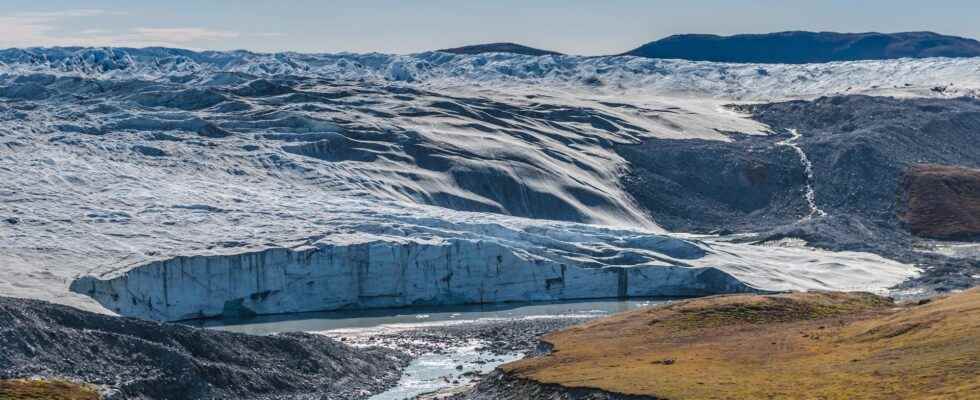“We can go back as far as 1.4 million years and accurately date changes in that time”
Russell Drysdale, University of Melbourne
Other studies see a connection to ocean circulation. The colder the surface water, the more CO2 can absorb it from the air, which increases the cooling effect. The process is further exacerbated during long-distance glaciation, when glacial dust entrainment promotes the growth of phytoplankton, which in turn generates more CO2 absorbs from the air. Analyzes of deep-sea sediment cores indicate that currents changed during the MPT. How strongly they influence the rhythm of the cold periods or whether they are just a consequence of it is an open question.
The researchers hope to crack the “MPT enigma” with additional data from climate archives, as Köhler puts it. »The decisive factor will be ice cores from the Antarctic, which provide information beyond the 800,000 years that have been reached so far, for example on CO2-Grade of the atmosphere.’ This season and the next two seasons, he says, those layers should be reached. It also takes some time for measurements, data analysis and publication – but the goal is near. “If you combine this with measurements from deep-sea sediments, you get a more accurate picture.”
Russell Drysdale continues his archival work in the Tuscan karst cave Antro del Corchia. Using stalactites, he and other researchers have dated climate change to 960,000 years before today. In the autumn he was there again and took more samples. “We can go back as far as 1.4 million years and accurately date changes in that time,” he says.
Next ice age falls completely out of rhythm
In this way, more and more pieces of the puzzle come together. This does not necessarily make the researchers’ detective work any easier. Although the CO2-Contents are largely the same globally, but isotopic data, which reveal temperatures, salinity, and precipitation, vary by location. The models that can reproduce the change from the 41,000 to the 100,000 world must be correspondingly complex.
It cannot be ruled out that the strict distinction could be dropped in the future. “Some think that we are basically dealing with a 41,000-year rhythm that continues to this day,” says Köhler. Except that recently interglacials have failed more frequently due to a wide variety of interactions. The eccentricity with its 100,000 beats would be less powerful than previously assumed. “This idea should be taken seriously,” says the AWI researcher, “but it has not yet been accepted by the entire research community.”
It is very likely that the next ice age will not follow any of the rhythms mentioned. It should have started just before the start of the industrial revolution, but high CO2content and a low eccentricity of the Earth’s orbit prevented this, write Andrey Ganopolski and his colleagues from the Potsdam Institute for Climate Impact Research (PIK) in 2016 in »Nature«. The beginning of the next glaciation would therefore be postponed by several millennia – without human intervention. If one takes into account the amounts of greenhouse gases released by humans since then and their impact on the climate, it will take at least 100,000 years before the northern hemisphere is again covered by massive ice sheets.
